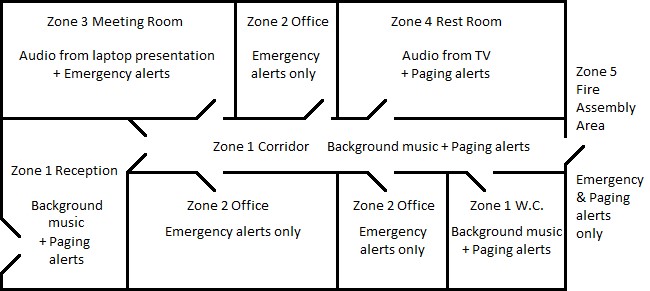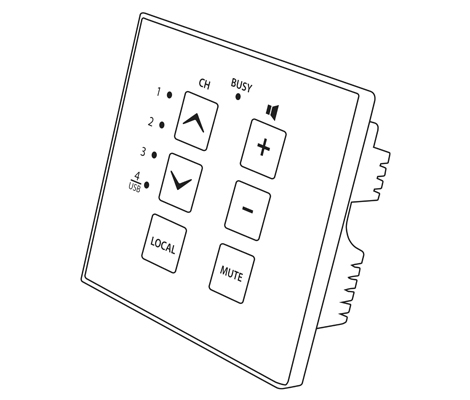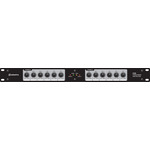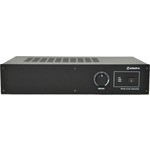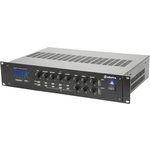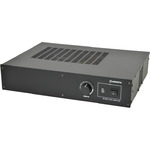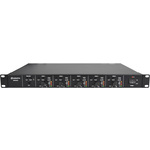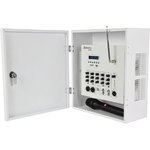Sound systems are often installed in public spaces to deliver spoken word, music and other audible information to listeners in many different environments.
The most simple sound system might be a microphone connected to an amplifier and speaker unit to deliver speech at a volume loud enough for a group of people to hear. More sophisticated systems may need to be able to deliver high quality stereo background music and voice announcements with different sound sources delivered to different areas or groups of listeners.
Zoning systems are flexible sound systems that provide control for the sound that is delivered to different areas, called “zones”. A zone can be a room or a group of rooms. Equally, a zone could be part of a room or even an outside space. Essentially, wherever separate control over the amplified sound is needed would be considered as a separate zone.
In the example diagram below, a building has been separated into 5 zones.
